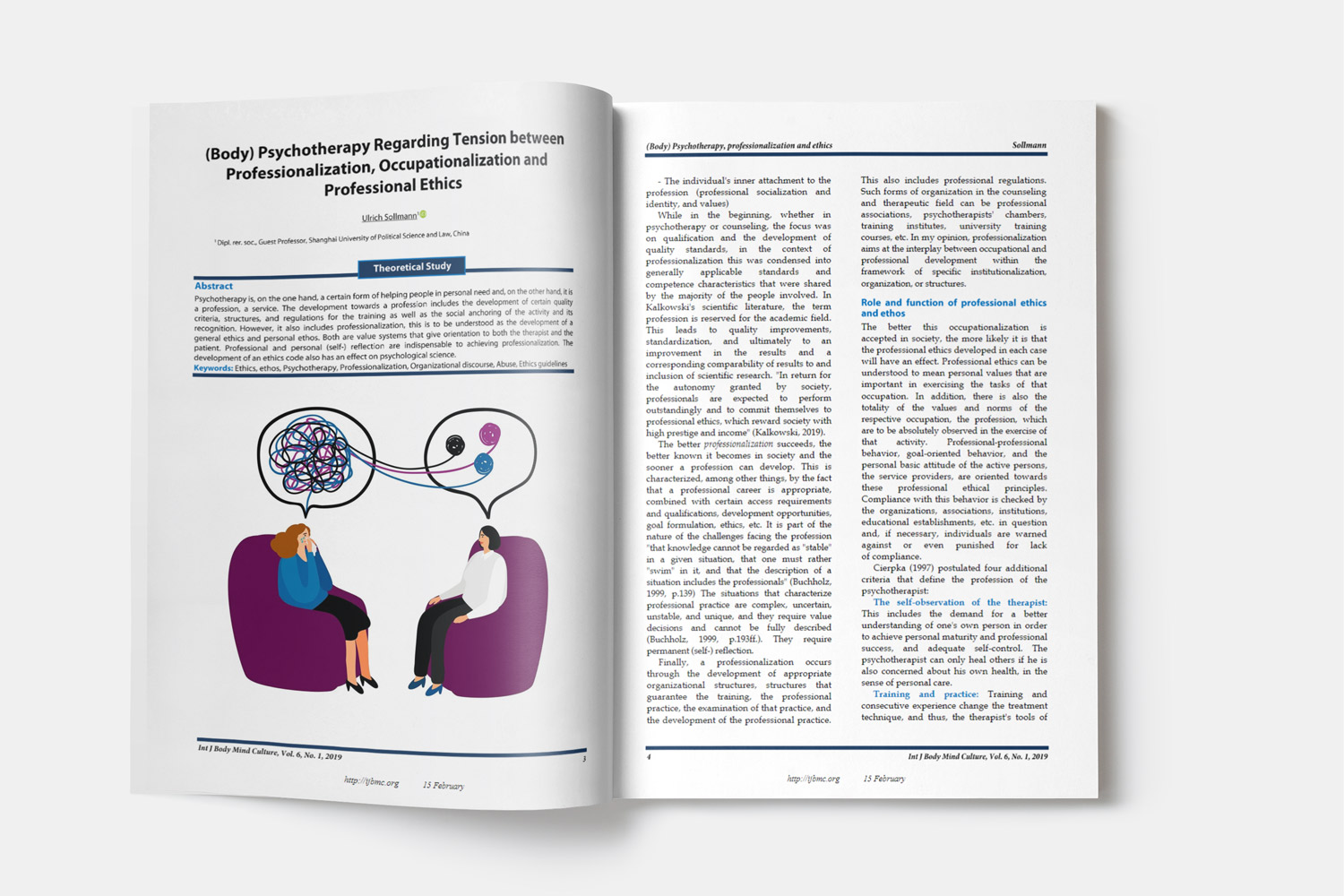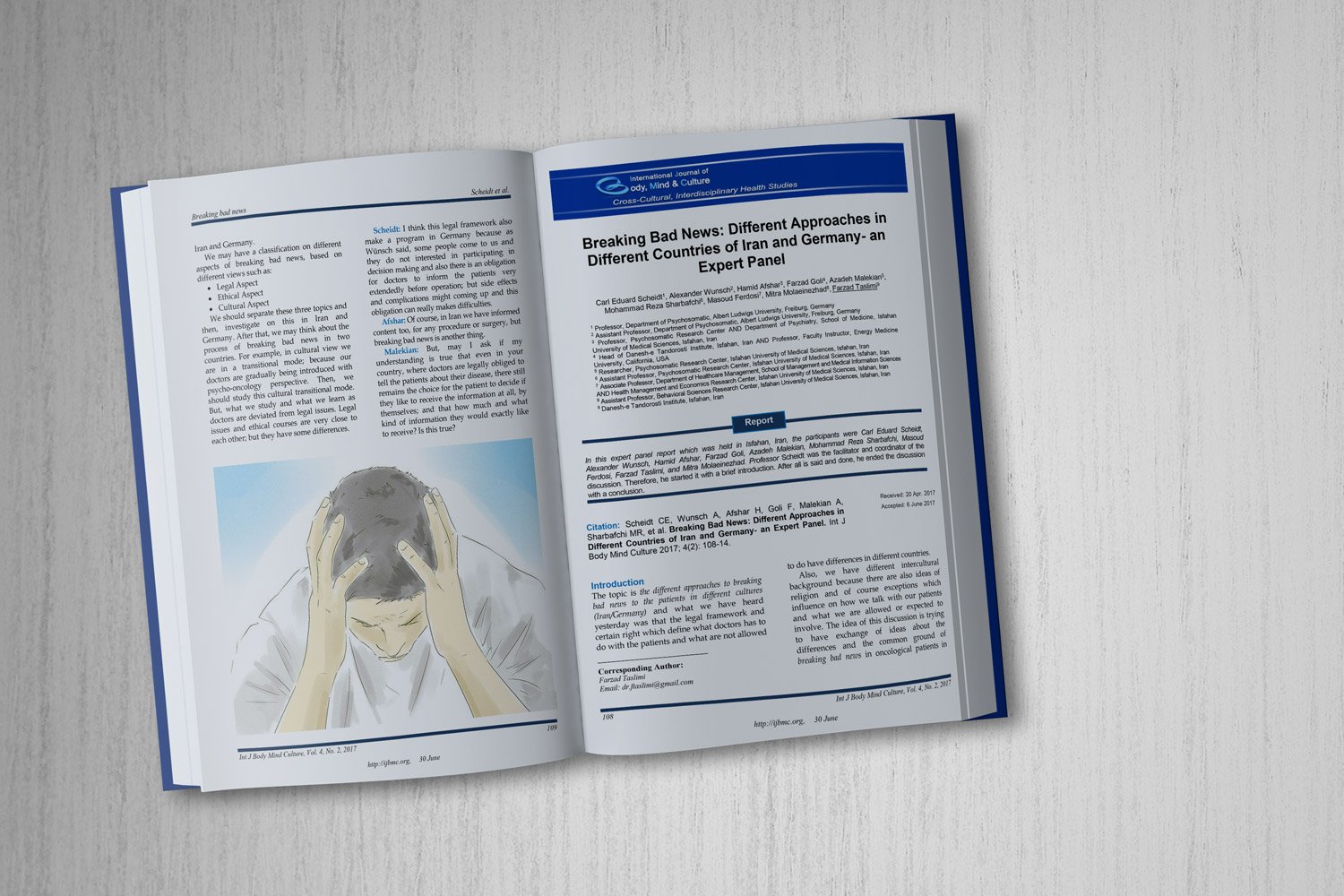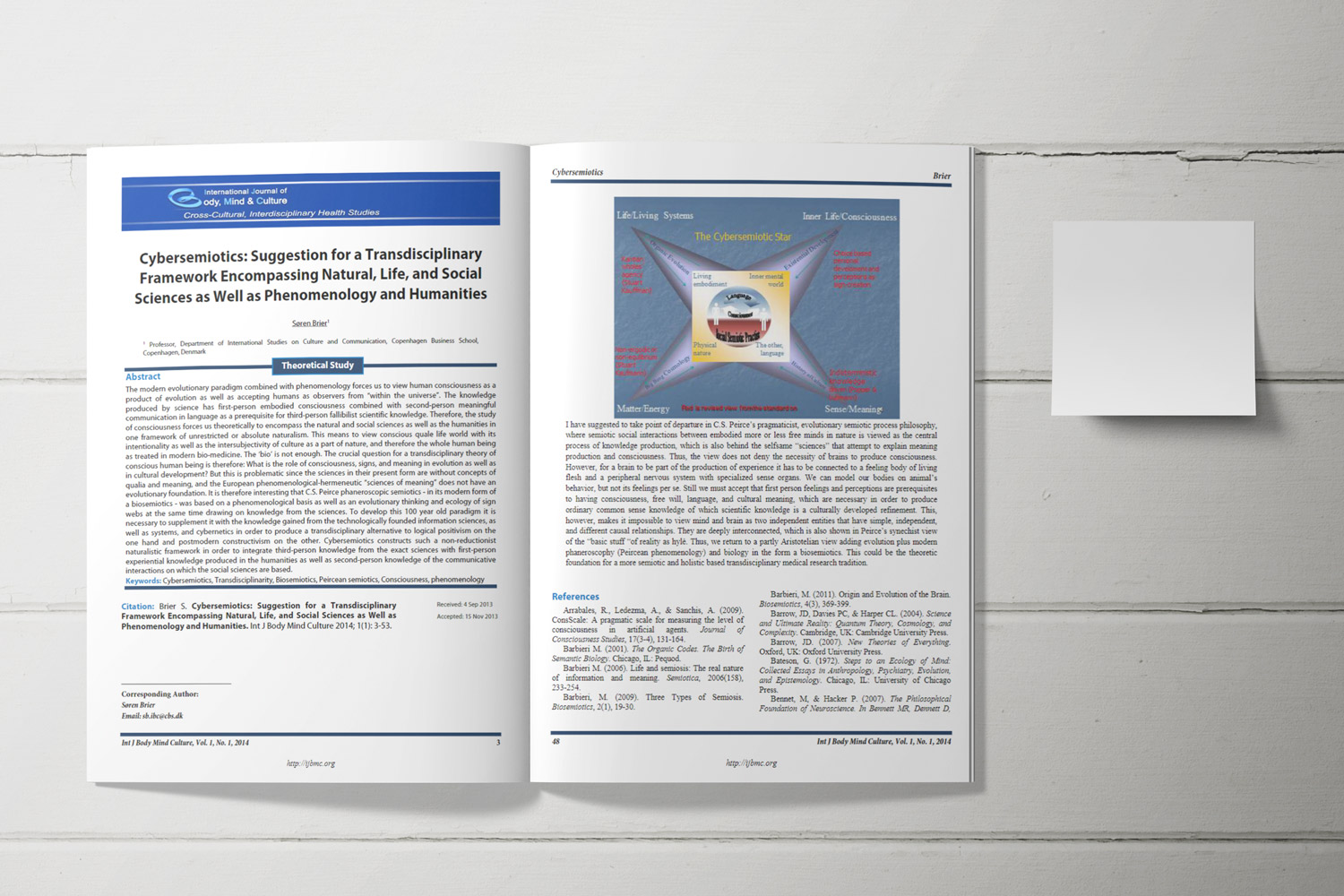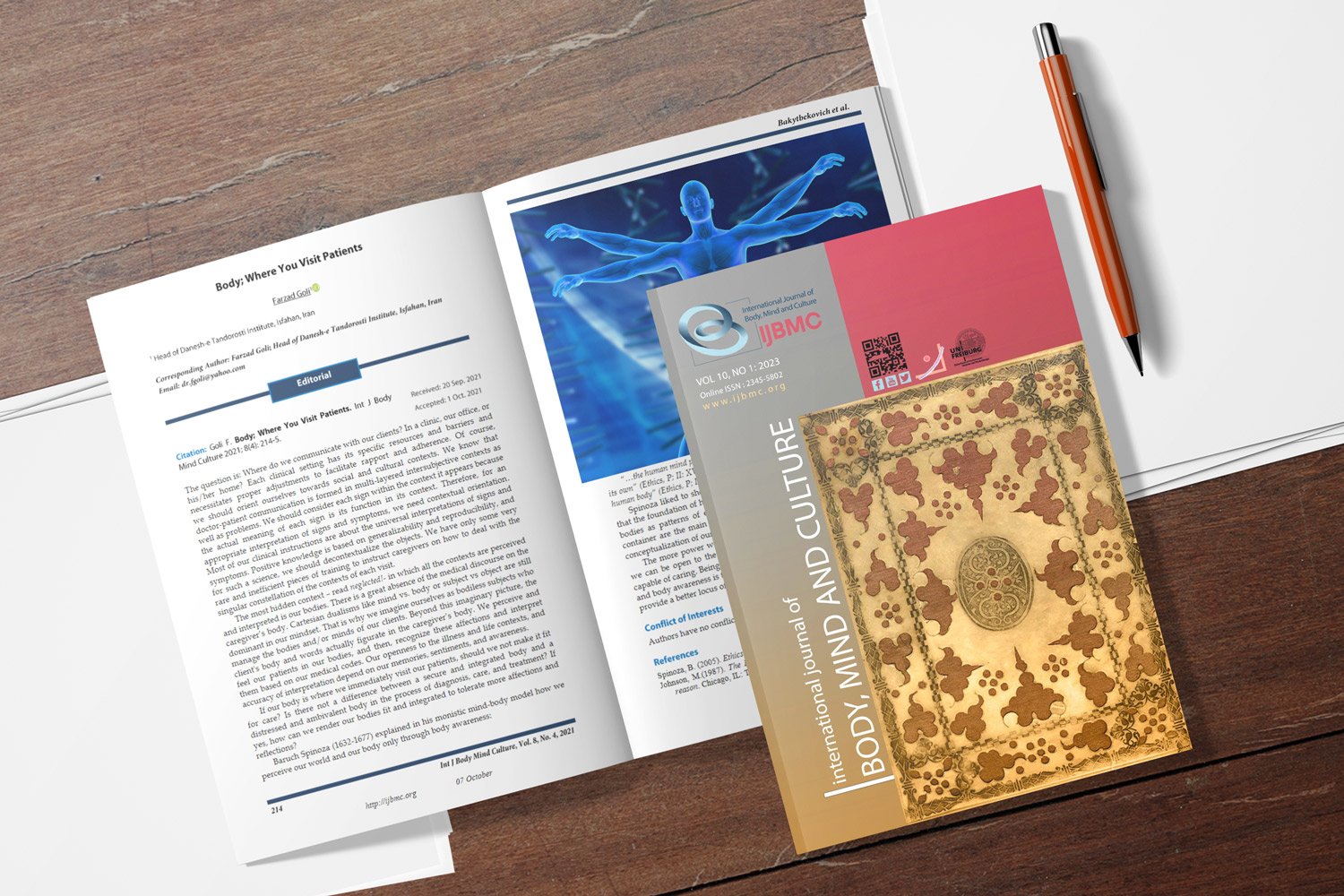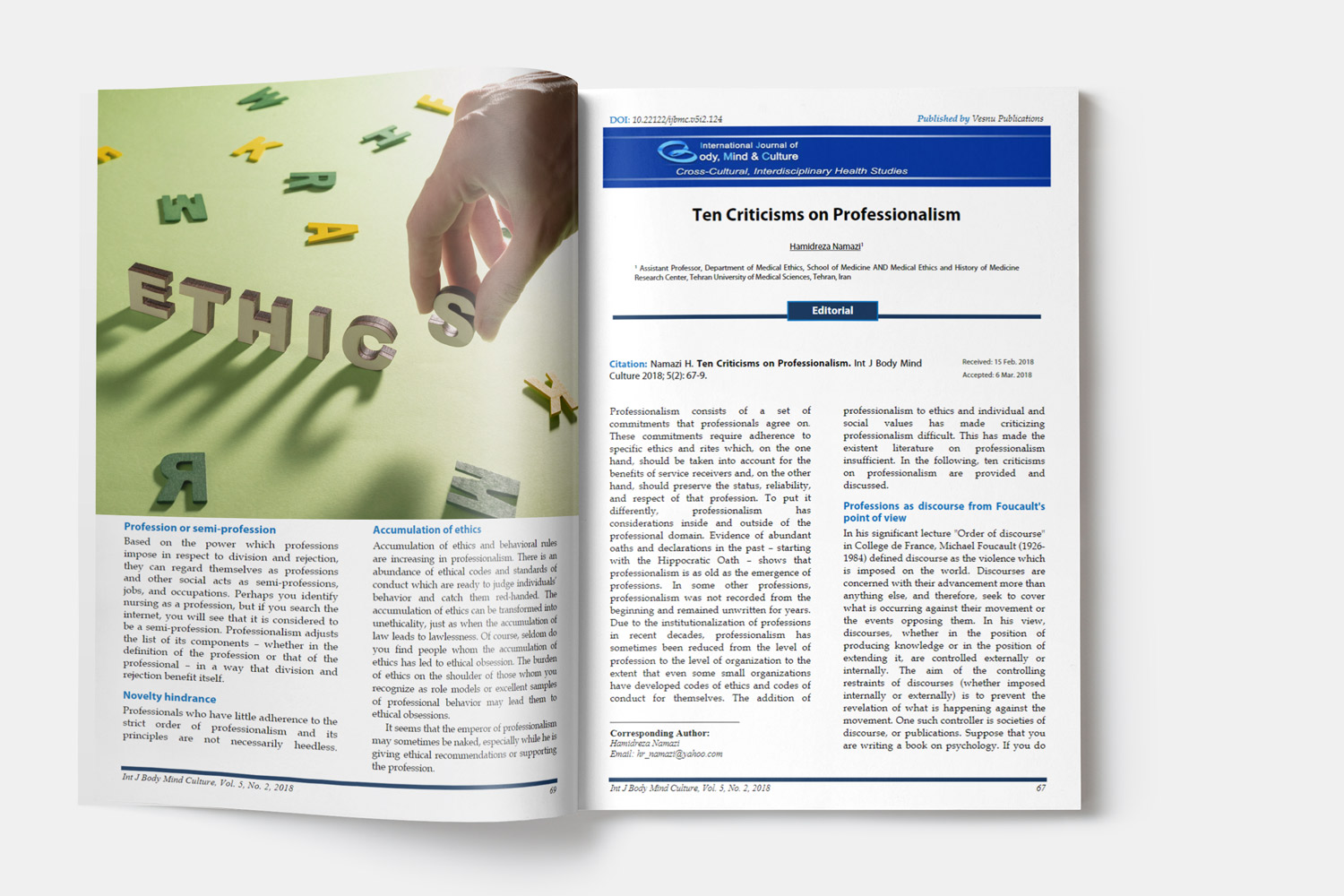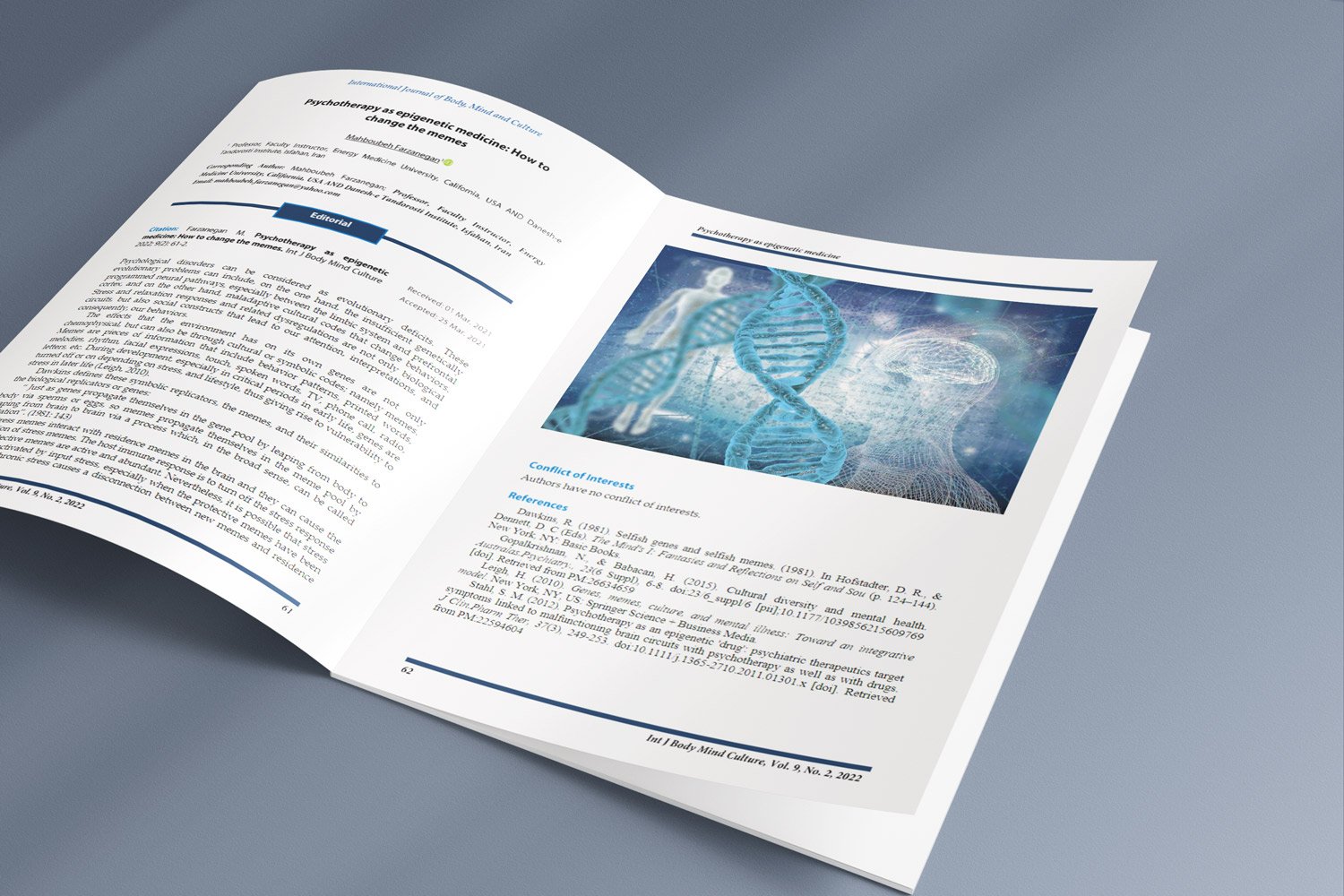Attachment Styles and Online Self-Expression as Predictors of Cyberbullying and Cybervictimization Among Female High School Students
Downloads
Objective: To develop a structural model linking attachment styles to cyberbullying and cybervictimization among adolescent girls, with online self-expression tested as a mediator.
Methods and Materials: In a correlational design using structural equation modeling, 321 female students from secondary schools in Tehran’s District 2 (2023–24) were selected via multistage cluster sampling. Instruments included the Cyberbullying–Victimization Experiences Questionnaire, the Revised Adult Attachment Scale (secure, anxious, avoidant), and the Online Self-Expression Scale. Analyses were performed in SPSS and AMOS. Model fit was evaluated using χ²/df, RMSEA, GFI/AGFI, IFI, and CFI.
Findings: Secure, anxious, and avoidant attachment styles showed significant paths to online self-expression (secure negative; anxious and avoidant positive). Online self-expression was positively associated with cybervictimization (β= 0.192, p= 0.006) and cyberbullying (β= 0.293, p= 0.001) and significantly mediated the links between attachment styles and both outcomes. Direct paths from secure attachment to cybervictimization (β= −0.131, p= 0.023) and cyberbullying (β= −0.207, p= 0.001) were protective. Anxious attachment predicted higher cybervictimization (β = 0.214, p= 0.004) but showed a negative direct relation with cyberbullying (β= −0.198, p= 0.016), suggesting distinct pathways for perpetration versus exposure. Avoidant attachment exhibited no significant direct paths, indicating primarily indirect effects via online self-expression. The revised model demonstrated acceptable fit (χ²/df= 2.96, RMSEA= 0.078, GFI= 0.952, AGFI= 0.891, IFI= 0.956, CFI= 0.955).
Conclusion: Attachment security appears protective against both roles in online aggression, whereas insecure patterns confer risk primarily through heightened online self-expression. Interventions should strengthen secure attachment and promote reflective, safer self-expression online.
Downloads
AlQaderi, N., Banibella Abdelmagied Elamin, A., Yasser Abdelraouf Abdelmonem, K., Teir, H. J., & Andrade, G. (2023). Phone addiction, cyberbullying, and mental health amongst young adults in the United Arab Emirates: a cross-sectional study. BMC psychology, 11(1), 313. https://doi.org/10.1186/s40359-023-01320-1
Antoniadou, N., Kokkinos, C. M., & Markos, A. (2016). Development, construct validation and measurement invariance of the Greek cyber-bullying/victimization experiences questionnaire (CBVEQ-G). Computers in Human Behavior, 65, 380-390. https://doi.org/10.1016/j.chb.2016.08.032
Booker, C. L., Skew, A. J., Kelly, Y. J., & Sacker, A. (2015). Media use, sports participation, and well-being in adolescence: cross-sectional findings from the UK household longitudinal study. American journal of public health, 105(1), 173-179. https://doi.org/10.2105/AJPH.2013.301783
Bronfenbrenner, U. (2000). Ecological systems theory. American Psychological Association. https://doi.org/10.1037/10518-046
Chadwick, A., & Vaccari, C. (2019). News sharing on UK social media: Misinformation, disinformation, and correction. https://repository.lboro.ac.uk/articles/report/News_sharing_on_UK_social_media_misinformation_disinformation_and_correction/9471269?file=17095679
Collins, N. L. (1996). Working models of attachment: implications for explanation, emotion, and behavior. Journal of personality and social psychology, 71(4), 810. https://doi.org/10.1037/0022-3514.71.4.810
Collins, N. L., & Read, S. J. (1990). Adult attachment, working models, and relationship quality in dating couples. Journal of personality and social psychology, 58(4), 644. https://doi.org/10.1037/0022-3514.58.4.644
Darban, F., Safarzai, E., Koohsari, E., & Kordi, M. (2020). Does attachment style predict quality of life in youth? A cross-sectional study in Iran. Health psychology research, 8(2), 8796. https://doi.org/10.4081/hpr.2020.8796
De Felice, G., Burrai, J., Mari, E., Paloni, F., Lausi, G., Giannini, A. M., & Quaglieri, A. (2022). How do adolescents use social networks and what are their potential dangers? A qualitative study of gender differences. International journal of environmental research and public health, 19(9), 5691. https://doi.org/10.3390/ijerph19095691
Dredge, R., Gleeson, J., & De la Piedad Garcia, X. (2014). Presentation on Facebook and risk of cyberbullying victimisation. Computers in Human Behavior, 40, 16-22. https://doi.org/10.1016/j.chb.2014.07.035
Erdem, A., Tunç, E., & Erdem, Ş. (2022). Investigation of the relationship between cyber dating violence and attachment styles in university students. Turkish Psychological Counseling and Guidance Journal, 12(64), 171-188. https://doi.org/10.17066/tpdrd.1096231
Fullwood, C., James, B. M., & Chen-Wilson, C.-H. (2016). Self-concept clarity and online self-presentation in adolescents. Cyberpsychology, Behavior, and Social Networking, 19(12), 716-720. https://doi.org/10.1089/cyber.2015.0623
Jenkins-Guarnieri, M. A., Wright, S. L., & Hudiburgh, L. M. (2012). The relationships among attachment style, personality traits, interpersonal competency, and Facebook use. Journal of Applied Developmental Psychology, 33(6), 294-301. https://doi.org/10.1016/j.appdev.2012.08.001
John, A., Glendenning, A., Marchant, A., Montgomery, P., Stewart, A., Wood, S., & Lloyd, K. és Hawton, K.(2018): Self-Harm, Suicidal Behaviours, and Cyberbullying in Children and Young People: Systematic Review. Journal of Medical, 20(4), 129. https://doi.org/10.2196/jmir.9044
Kline, R. B. (2012). Assumptions in structural equation modeling. Handbook of structural equation modeling, 111, 125. https://books.google.com/books?id=P16bEAAAQBAJ&lpg=PA128&ots=jzfiFj7C6I&dq=Kline%2C%20R.%20B.%20(2012).%20Assumptions%20in%20structural%20equation%20modeling.%20Handbook%20of%20structural%20equation%20modeling%2C%20111%2C%20125.&lr=lang_en&pg=PA128#v=onepage&q&f=false
Lopez, F. G., Gover, M. R., Leskela, J., Sauer, E. M., Schirmer, L., & Wyssmann, J. (1997). Attachment styles, shame, guilt, and collaborative problem‐solving orientations. Personal relationships, 4(2), 187-199. https://doi.org/10.1111/j.1475-6811.1997.tb00138.x
Lopez, F. G., Mauricio, A. M., Gormley, B., Simko, T., & Berger, E. (2001). Adult attachment orientations and college student distress: The mediating role of problem coping styles. Journal of counseling & development, 79(4), 459-464. https://doi.org/10.1002/j.1556-6676.2001.tb01993.x
Main, M. (1996). Introduction to the special section on attachment and psychopathology: 2. Overview of the field of attachment. Journal of consulting and clinical psychology, 64(2), 237. https://doi.org/10.1037/0022-006X.64.2.237
Moghadam, H. I. (2024). Investigating the Relationship between Parenting Styles and Suicide Ideation with the Mediation of Avoidant Insecure Attachment Style. International Journal of Body, Mind & Culture (2345-5802), 11(2).https:// 10.22122/ijbmc.v11i2.527
Navarro, R., Yubero, S., Larrañaga, E., & Martínez, V. (2012). Children’s cyberbullying victimization: Associations with social anxiety and social competence in a Spanish sample. Child indicators research, 5(2), 281-295. https://doi.org/10.1007/s12187-011-9132-4
Nitzburg, G. C., & Farber, B. A. (2013). Putting up emotional (Facebook) walls? Attachment status and emerging adults’ experiences of social networking sites. Journal of clinical psychology, 69(11), 1183-1190. https://doi.org/10.1002/jclp.22045
Nooripour, R., Hosseinian, S., Ghanbari, N., Wisniewski, P., & Sikström, S. (2024). Validity and reliability of persian version of cyber-bullying/victimization experience questionnaire (CBVEQ) among Iranian adolescents. International Journal of Bullying Prevention, 1-12. https://doi.org/10.1007/s42380-024-00211-2
Palladino, B. E., Menesini, E., Nocentini, A., Luik, P., Naruskov, K., Ucanok, Z., Dogan, A., Schultze-Krumbholz, A., Hess, M., & Scheithauer, H. (2017). Perceived severity of cyberbullying: Differences and similarities across four countries. Frontiers in psychology, 8, 1524. https://doi.org/10.3389/fpsyg.2017.01524
Shariatpanahi, G., Tahouri, K., Asadabadi, M., Moienafshar, A., Nazari, M., & Sayarifard, A. (2021). Cyberbullying and its contributing factors among Iranian adolescents. International Journal of High Risk Behaviors and Addiction, 10(3), e112178. https://doi.org/10.5812/ijhrba.112178
Shaver, P. R., & Mikulincer, M. (2002). Attachment-related psychodynamics. Attachment & human development, 4(2), 133-161. https://doi.org/10.1080/14616730210154171
Troup, E. G. (2017). Growing role of platforms in cybersecurity. The Cyber Defense Review, 2(1), 61-70. http://www.jstor.org/stable/26267401
Weber, R., Eggenberger, L., Stosch, C., & Walther, A. (2022). Gender differences in attachment anxiety and avoidance and their association with psychotherapy use—examining students from a German university. Behavioral Sciences, 12(7), 204. https://doi.org/10.3390/bs12070204
Wen, H., Kong, X., & Feng, Y. (2022). The relationship between cyber upward social comparison and cyberbullying behaviors: A moderated mediating model. Frontiers in psychology, 13, 1017775. https://doi.org/10.3389/fpsyg.2022.1017775
Yang, X., Huang, Y., & Li, B. (2023). Attachment anxiety and cyberbullying victimization in college students: the mediating role of social media self-disclosure and the moderating role of gender. Frontiers in psychology, 14, 1274517. https://doi.org/10.3389/fpsyg.2023.1274517
Zhu, C., Huang, S., Evans, R., & Zhang, W. (2021). Cyberbullying among adolescents and children: A comprehensive review of the global situation, risk factors, and preventive measures. Frontiers in public health, 9, 634909. https://doi.org/10.3389/fpubh.2021.634909
Zhu, Y., Li, W., O’Brien, J. E., & Liu, T. (2021). Parent–child attachment moderates the associations between cyberbullying victimization and adolescents’ health/mental health problems: An exploration of cyberbullying victimization among Chinese adolescents. Journal of interpersonal violence, 36(17-18), NP9272-NP9298. https://doi.org/10.1177/0886260519854559
Zsila, Á., Urbán, R., Griffiths, M. D., & Demetrovics, Z. (2019). Gender differences in the association between cyberbullying victimization and perpetration: The role of anger rumination and traditional bullying experiences. International Journal of Mental Health and Addiction, 17(5), 1252-1267. https://doi.org/10.1007/s11469-018-9893-9
Copyright (c) 2025 International Journal of Body, Mind and Culture

This work is licensed under a Creative Commons Attribution-NonCommercial 4.0 International License.










